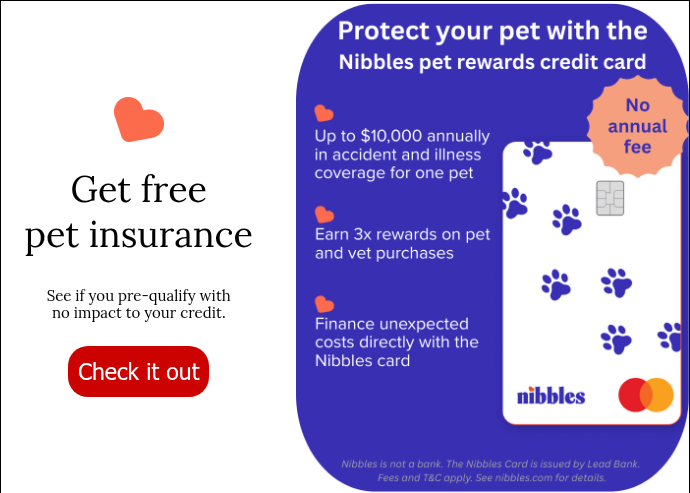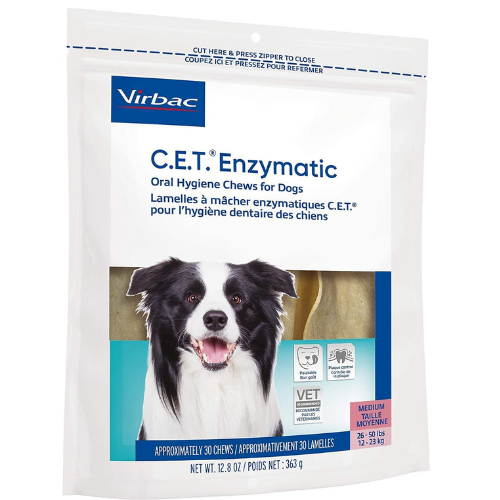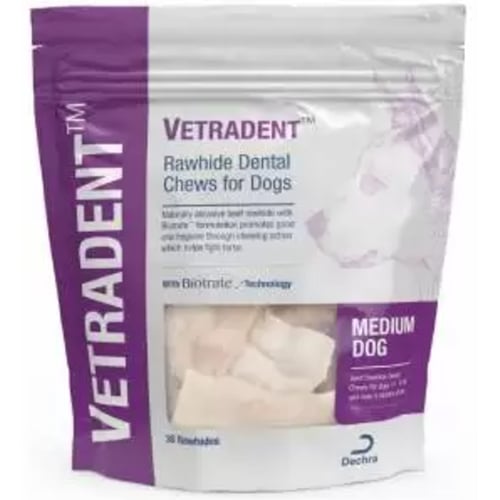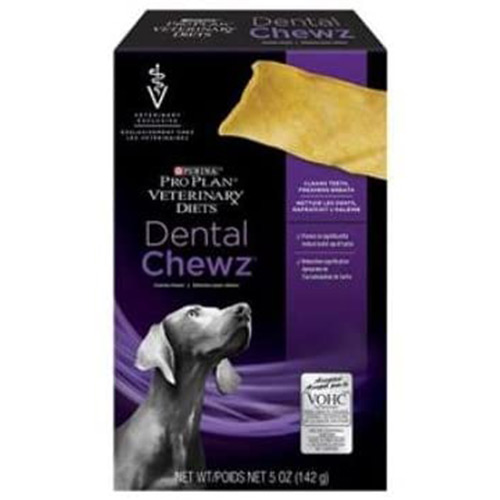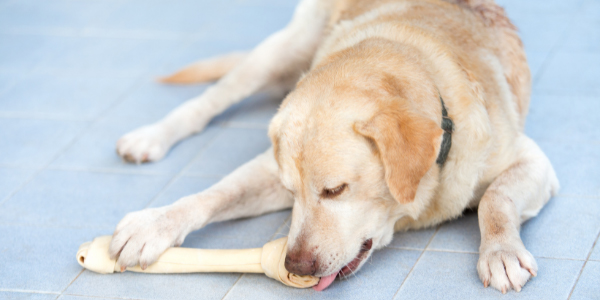 Is it Okay to Give Your Dog Rawhide?
Is it Okay to Give Your Dog Rawhide?
Choosing the best chew treat for your dog is no easy feat, given what seems to be the limitless options available today.
However, the rawhide chew has always been a staple available in any and all pet stores for many years. But should you be really giving these "old favorites" to your dog?
While rawhide dog chews can be used for dogs who love to chew or as a distraction for an anxious or overstimulated dog, there are fortunately many safer dog chew options you can give your dog without the potential risks.
Let’s look at why rawhide can be dangerous, options for safer rawhide chews, and some of my recommended rawhide alternatives.
Rawhide Risks for Dogs
Safer Rawhide Chews for Dogs
Rawhide Chew Alternatives
Tips for Choosing Rawhide Chews
What’s Rawhide Made of?
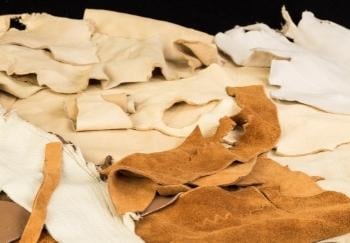 Typically, rawhide is made from the inner layer of the skin of a cow, but it can also be made from other hoofed animals, such as pigs or sheep. Before being formed into the various shapes and sizes available for purchase in pet stores, rawhide is dried and treated with various chemicals, which remove any remaining animal hair and fat.
Typically, rawhide is made from the inner layer of the skin of a cow, but it can also be made from other hoofed animals, such as pigs or sheep. Before being formed into the various shapes and sizes available for purchase in pet stores, rawhide is dried and treated with various chemicals, which remove any remaining animal hair and fat.
This processing also delays decay and removes any skin color, turning the remaining product cream or white. Interestingly, the outer layer of the same skin is used for leather shoes, garments, or upholstery.
How Long Does it Take for a Dog to Digest Rawhide?
Digesting rawhide often depends on your dog and the rawhide product itself. Generally speaking, most rawhide products are not easily digested as rawhide is made from dried animal skin — essentially the byproduct of leather.
The digestive enzymes of the stomach are unable to break down this material successfully, and often rawhide will travel through the gastrointestinal system intact or in large undigested pieces, which may result in obstruction, choking, or digestive upset.
Why Dogs Love Rawhide
Dogs have an innate instinct to chew, and rawhide tastes good to them. For puppies, chewing is a way to relieve symptoms of pain or discomfort that might be caused by the teething process. And for adult dogs, chewing is a way to keep their teeth clean and their jaws strong. For our pups, chewing feels good and is a way to help combat boredom as well as relieve symptoms of anxiety. It’s a self-soothing activity for them, and if their chew tastes yummy, even better!
Thus, when we catch our pooches chewing on items that they aren’t supposed to, such as a favorite pair of high heels or sneakers, or gnawing on the leg of a dining room chair, we might give them a rawhide to redirect this behavior (and to help keep your belongings safe!).
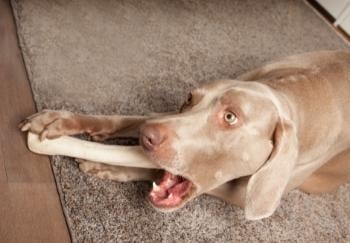 Is Rawhide Bad for Dogs?
Is Rawhide Bad for Dogs?
Rawhide Is Difficult to Digest
As mentioned above, rawhide is difficult to digest due to it being a byproduct of leather, making it extremely difficult for a dog’s digestive system to break down. This creates a risk of obstruction in the esophagus or intestines if a dog swallows a large piece whole.
Additionally, these pieces can also cause choking hazards that could become caught in their trachea as they gnaw and tear pieces away from their rawhide chew.
Chemicals Used in Rawhide Processing
Even more worrisome, the chemicals that are used to treat the animal skin prior to it becoming an available rawhide product for purchase can be toxic, particularly if they are not cleaned properly before drying.
Some companies, in an attempt to make the rawhide product more appealing, will even dye their products with food coloring or other colored chemicals that can cause digestive upset, particularly in dogs that have sensitive stomachs, which may result in vomiting, diarrhea, decreased appetite, or a combination of these symptoms.
Rawhide Can Damage Teeth or Be a Choking Hazard
Moreover, ensuring you purchase the right size rawhide is very important, as a large rawhide can result in chipping and damage to the jaw and teeth when the product is too big for the size of the dog. On the flip side, if the product is too small for a large dog, the greater the likelihood they could choke on the rawhide or develop an obstruction.
Given there are many safer alternatives to rawhide chews available on the market today (see below), I recommend avoiding giving your dog rawhide.
Safer Rawhide Dog Chews
There are some rawhide chews that are safer options for dogs. The rawhide products listed below are approved by the Veterinary Oral Health Council and commonly recommended by veterinarians.
However, it's still important to always monitor your dog while they're chewing on a rawhide (or any chew!) and remove it when it gets small enough to swallow or choke on, or if they are ripping off pieces.
Rawhide Chew Alternatives for Dogs
The rawhide alternatives below are some examples of chews with a similar texture to rawhide or have the same or better dental cleaning benefits of rawhide chews. As with all chews you give your dog, always supervise and remove a chew when it becomes small enough to swallow or breaks into pieces.
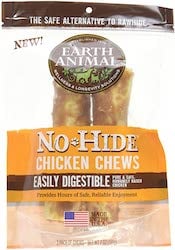
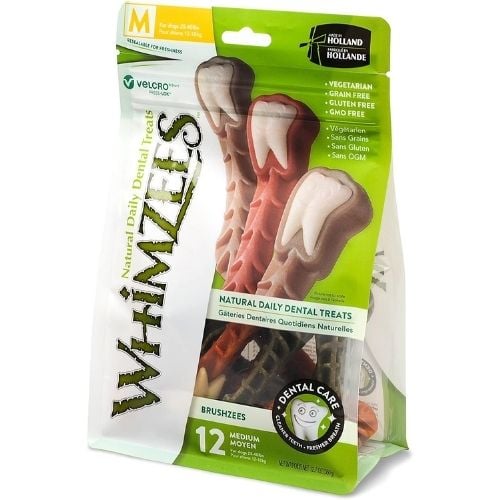
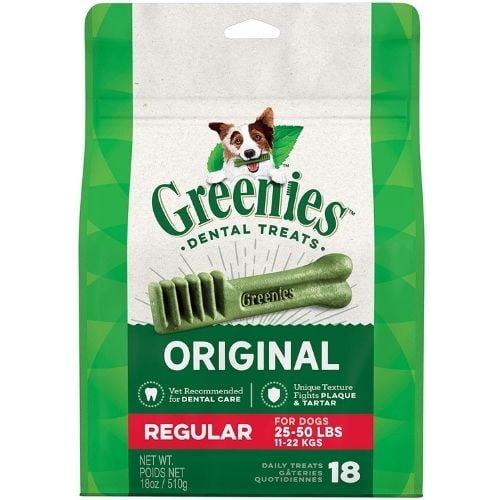
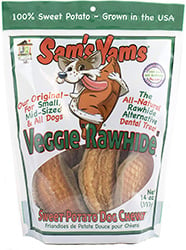
If You Give Your Dog Rawhide – Be Aware
If you still plan on giving your dog rawhide chews, please be aware of when it’s inappropriate to use them:
Puppies under 6 months old: As puppies’ mouths are not fully developed until approximately 6 months of age, it is not recommended that they are provided rawhide chews until at least 6 months of age, as they may be too hard for their developing jaws and teeth and could cause permanent damage.
Senior dogs: Additionally, the same goes for older dogs, as they have decreased muscle tone and weaker bone structure. Hard chews such as rawhides may cause jawbone or tooth fractures and result in severe dental or other issues.
Dogs with gastrointestinal issues: As mentioned above, rawhides that haven’t been adequately cleaned or have been flavored or colored may cause unexpected digestive issues. Avoid giving your dog rawhide if they have underlying gastrointestinal issues.
Know your dog's "chewsonality": Dogs have different chewing styles. If your pooch likes to tear chunks from or inhale their chews, I recommend picking a more digestible and safer alternative to rawhide. The risk of obstruction is too high, and rawhide doesn't break down as easily as other options if large pieces are swallowed.
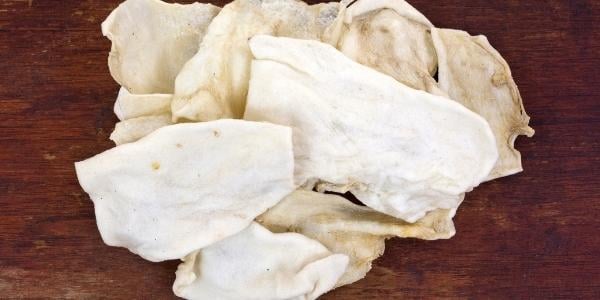
What to Look for When Choosing Rawhide Dog Chews
- Make sure the products are manufactured in the USA. Companies manufacturing rawhides outside of the USA have unfortunately fallen short of passing quality control standards when it comes to ensuring the products have been effectively washed and cleaned of the toxic substances used during processing.
- Select the right size. As mentioned above, make sure you do not select a rawhide that is too big or too small for the size of your pooch, which can lead to issues down the track.
- Monitor your pet at ALL times when chewing. You should take away any pieces they may tear off before they become a choking or obstruction hazard, or if they become too old, dirty, or contaminated. Teach your dog to "drop it" to make removing chews easier and less stressful for all (this helps prevent resource guarding of high-value chews).
- Do not purchase colored, dyed, or flavored rawhide products. This can help avoid unnecessary gastrointestinal upset due to chemical flavorings and dyes.
Lastly, never leave your dog unattended with any kind of chew. It is important to always monitor your dog to ensure their safety while chewing, and this will also help you understand how they chew so that you can continue to offer the safest and best type of chew to them in the future.


